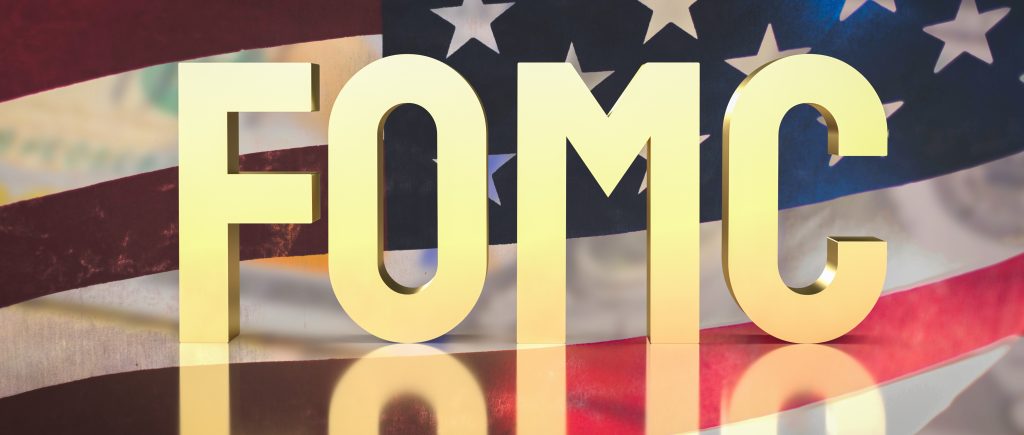As the Federal Reserve prepares for its July meeting on Tuesday, July 29, 2025, a volatile mix of political pressure from President Donald Trump and an unprecedented 30-year split among governors threatens to shake its foundation. With Chair Jerome Powell under fire, the central bank is set to hold interest rates steady, yet hints of a future cut linger. This high-stakes showdown raises a pivotal question: Can the Fed preserve its independence and cohesion amid this turmoil? Dive into the unfolding drama and its implications.
Trump’s Escalating Offensive Against Powell
The White House has launched its most aggressive campaign yet against the Federal Reserve, with Trump accusing Powell of playing politics—alleging he cut rates to aid the economy during last fall’s election but now maintains high rates to hinder growth. In mid-July, Trump reportedly explored firing Powell, sharing a draft letter with congressional Republicans, though he later denied it. His administration has spotlighted the $2.5 billion renovation of the Fed’s headquarters as proof of mismanagement, fueling calls for Powell’s removal.
Despite Treasury Secretary Scott Bessent tempering the rhetoric by supporting Powell’s tenure, top economists warn that such attacks jeopardize the Fed’s credibility, with one urging Powell to resign to protect Fed’s autonomy.
Fed’s Stance: Holding Steady Amid Tariff Turbulence
The Federal Open Market Committee (FOMC) is poised to keep the benchmark interest rate between 4.25% and 4.5%, resisting external pressure. Data-wise; June’s consumer price index (CPI) data, showing a 2.7% inflation rate—the highest since February—underscores the impact of Trump’s tariffs, which drove up prices on imported goods like appliances and furniture, contributing 38% to last month’s inflation. Atlanta Fed President Raphael Bostic highlights this as a potential turning point, cautioning against repeating pandemic-era errors of keeping rates too low. Robust consumer spending and a labor market with six weeks of declining unemployment claims further support the pause, allowing the Fed to monitor tariff effects closely.
Internal Divisions Take Center Stage
Beneath the surface, an unprecedented 30-year split is emerging. Fed Governor Christopher Waller has pushed for a 25-basis-point cut in July, warning of a labor market “on the edge” with private-sector job growth nearing a stall. He views tariff-driven inflation as temporary and argues delaying action risks falling behind. Governor Michelle Bowman aligns with this view, favoring a cut if inflation stabilizes, aiming for a neutral rate to sustain jobs. Their potential dissent—rare for governors, who have dissented only four times since 2000 versus 89 times by regional presidents—could echo the last dual governor dissent in 1993. Powell embraces this debate as a shield against groupthink, though it signals a fracturing Fed.
Looking Ahead: September Cut on the Horizon?
Despite the hold, Fed officials like San Francisco’s Mary Daly project two rate cuts by year-end, with September as a prime candidate. By then, two additional inflation reports and employment updates will clarify tariff and labor trends. Analysts suggest the FOMC might signal this intent in July, though uncertainty persists. If tariffs sustain inflation or unemployment climbs to 4.5%-4.8%, a cut could materialize. A resilient economy, however, might delay action, leaving markets guessing. The Fed’s July 30 decision blackout adds to the suspense, with no new policy insights until then.
What This Means for Your Finances
The Fed’s rate decisions shape borrowing costs—mortgages, car loans, credit cards—all linked to its benchmark. A “good news” cut due to easing inflation could boost spending, but economic uncertainty might deter big purchases. Experts recommend building an emergency fund, securing cash in competitive liquid accounts, and paying off high-interest debt. With Trump’s pressure and the unprecedented 30-year split, these moves could safeguard your finances amid potential shifts.
Global and Market Ripple Effects
The Fed’s stance reverberates globally. Tariff-driven inflation could strain international trade, while a divided FOMC might unsettle markets expecting stability. Bond futures, per market tools, price in a full percentage point of cuts by December 2026, reflecting a dovish lean. A Powell exit in May 2026, with contenders like Waller or Bessent in play, could tilt policy further, impacting global rates and currencies.
Powell and co are walking on a tightrope—defending independence while managing data and dissent. Will Trump’s influence bend the Fed, or will its resolve endure? With a September cut in sight and the unprecedented 30-year split tested, the July outcome could reshape 2025’s monetary landscape.

 Noor Trends News, Technical Analysis, Educational Tools and Recommendations
Noor Trends News, Technical Analysis, Educational Tools and Recommendations




